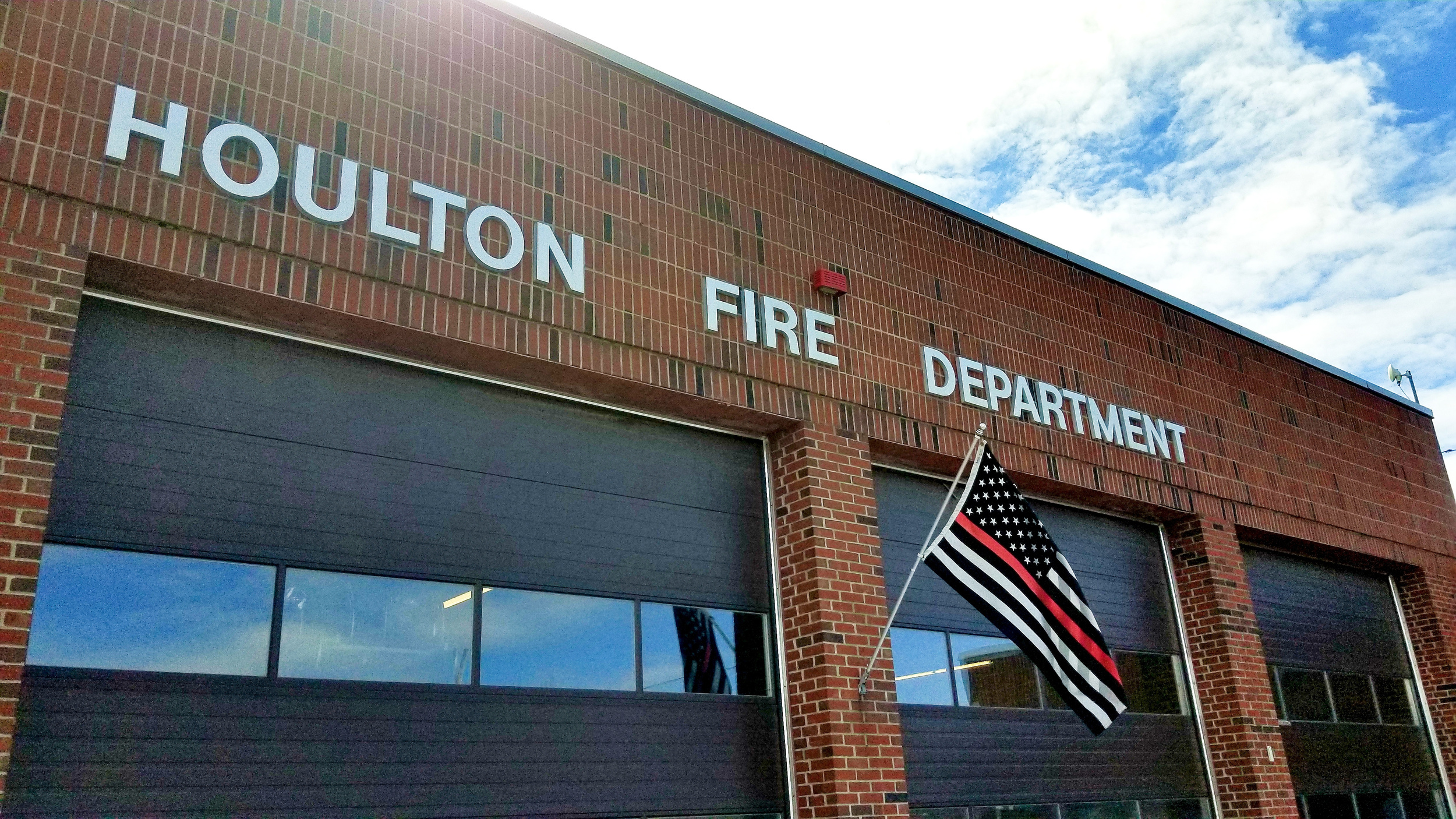HOULTON, Maine — How will losing 11 communities that had previously contracted for ambulance services affect the town of Houlton moving forward?
That was the question on the minds of Houlton town councilors Monday, June 14, during an open discussion between the board and Ambulance Director Milton Cone.
The ongoing saga of ambulance service fees began in January when the town sent letters to municipal leaders in the 13 communities that contract with Houlton for services. That letter detailed a stark increase in the amount those communities would be charged. Houlton cited the need to replace old equipment and to help cover the costs of operations when services are not monetarily reimbursed through insurance and nonpayments.
The communities of Amity, Cary, Dyer Brook, Hammond, Hodgdon, Linneus, Littleton, Ludlow, Merrill, Monticello, New Limerick, Oakfield and Smyrna all contract with Houlton to provide ambulance service for their residents.
“How are we going to pay for this [ambulance budget] once these towns back out?,” Councilor Dennis Harmon asked. “The time we need to do this is now. When we get ready to go into our next budget cycle, if the town is short $600,000 in revenue, what are we going to cut?”
Cone said there could be some savings in expenses by reducing the overtime budget, since the ambulance crew would not be responding to as many calls outside of Houlton. And if the volume dropped dramatically, the town could also look at selling one of its new ambulances.
An analysis of that impact is currently in the works and will be presented to the council at a future meeting, Town Manager Marian Anderson said.
“We are looking at what our shortfalls will be — if any,” Anderson said. “We are also in communication with Aroostook County [Commissioners] who have reached out to cover some of their areas that are underserved. We are exploring other opportunities. You may not like the numbers, but you will not be surprised.”
Historically, the town has charged these communities $16.47 per capita for ambulance services, which brought in $117,810 to the town. Starting in 2021, that fee was raised to $74 per capita, which increased the revenue to $517,112 for ambulance contracts.
Naturally, the sticker shock of such a hefty increase sent the smaller communities scurrying to find alternatives for ambulance service. A decision to create their own service quickly arose as the leading choice, but that process will take at least a year to see to fruition.
All but two of the 13 communities have since voted at special town meetings to create their own Southern Aroostook Emergency Medical Service. The communities of Oakfield and Dyer Brook have opted to remain with Houlton.
“Of course the contract towns were not happy about this increase,” Cone said. “We are trying to be fair to the contract towns. However, Houlton taxpayers are paying above and beyond their fair share.”
Exactly when the contract towns were notified of potential changes was another topic raised by councilors and the town manager.
“This did not happen under cover of darkness,” Anderson said. “There is a lot of misinformation out there.”
In an email to the Houlton Pioneer Times on June 16, Anderson shared that contract towns were first made aware that increases could be in the works in August 2019 following a regional town manager meeting held in Presque Isle. Managers from Houlton, Caribou and Presque Isle discussed current service areas and the then per capita fees ranging from $11.50 to $15.54. The service in the valley was also discussed.
Anderson said that attendance at that meeting in August 2019 was not recorded, but a synopsis was sent to every municipality on Aug. 28, 2019, via email.
The Houlton Town Council met in public session Dec. 2, 2020, and Dec. 16, 2020, to discuss the increase and the 2021 budget. An advertised public hearing was held on Jan. 4, 2021, with no public comments registered.
Houlton mailed its notices Jan. 6, two days after the council approved its budget.
“In hindsight, communication could have been documented better,” Anderson said. “I have forwarded the email communications to the towns. Communications going forward will be sent to the elected officials and the town administrators. Important notices will be sent to the town’s certified mail.”
Cone added he was concerned for the level of care these other communities will receive once they are no longer serviced by Houlton. He said that unless a mutual aid agreement is formalized, the town of Houlton would not be responsible for providing backup to any of the communities that are part of the new SAEMS.
“I have family and friends that live in these contract towns,” he said. “We know these people. My concern is do they understand the level of protection and service that they are getting now?”
Cone said that if Houlton seeks new, different communities to its contract services area, there is no guarantee that there would be room to welcome back any of the 11 towns that are to be part of the SAEMS.
Houlton is also drafting a letter to be sent bulk mail to all of the service communities residents to clarify some of the inaccuracies that have been portrayed by those organizing the SAEMS — particularly a letter crafted by the town of Ludlow that was displayed prominently at that communities town meeting May 12 and used at other community meetings, Anderson said.
Houlton’s letter will also address misstatements that “Houlton does not bill its residents” for ambulance services, the town manager said. Houlton residents pay for ambulance services through property taxes, in much the same way they pay for police and fire protection.
Another misconception, according to Anderson, is that the reason for the price increase was because the town of Houlton purchased four new ambulances and was merely passing that cost onto the smaller communities.
“The town of Houlton divided 50 percent of the debt for the ambulances among the 13 service communities,” Anderson said.








